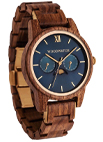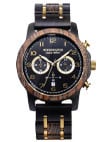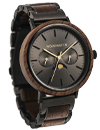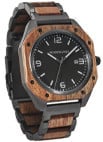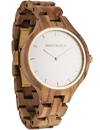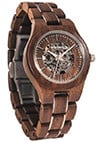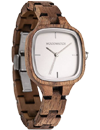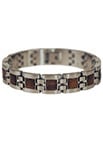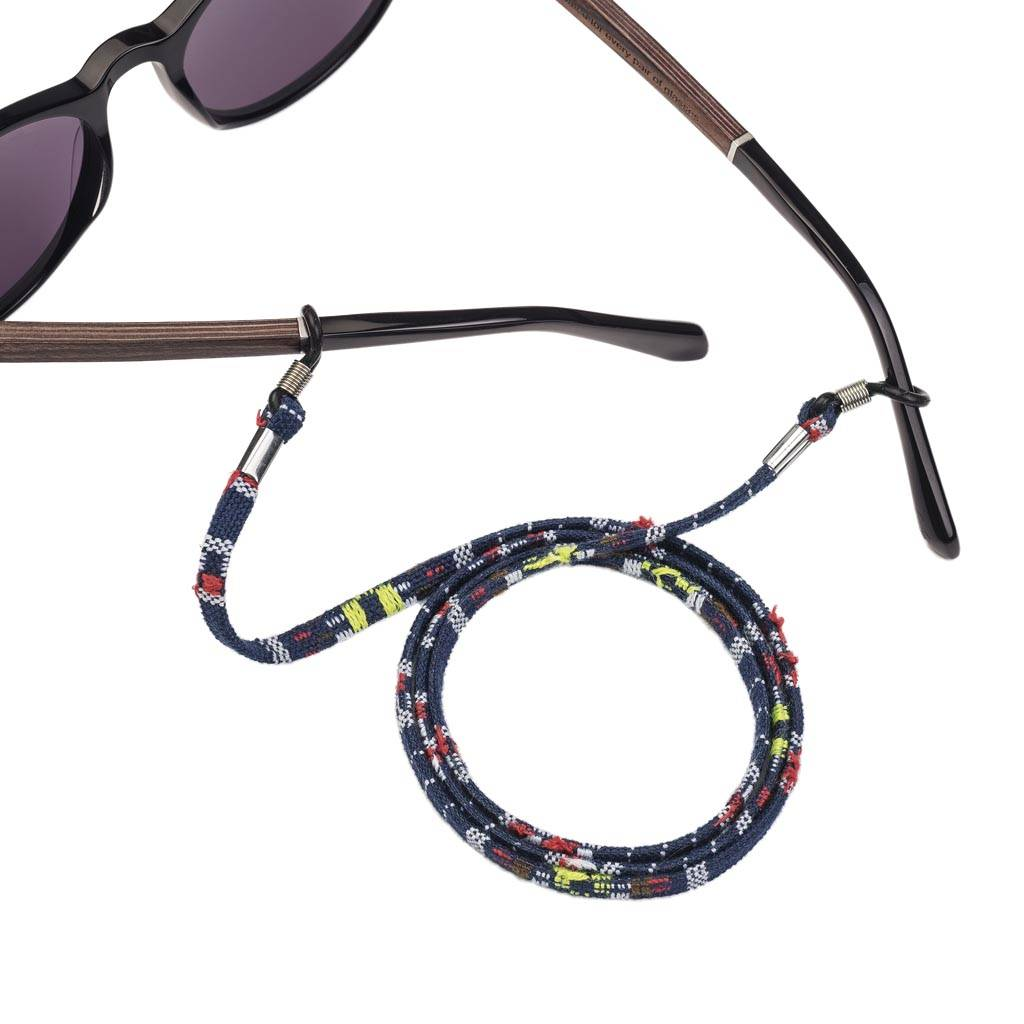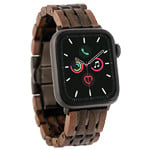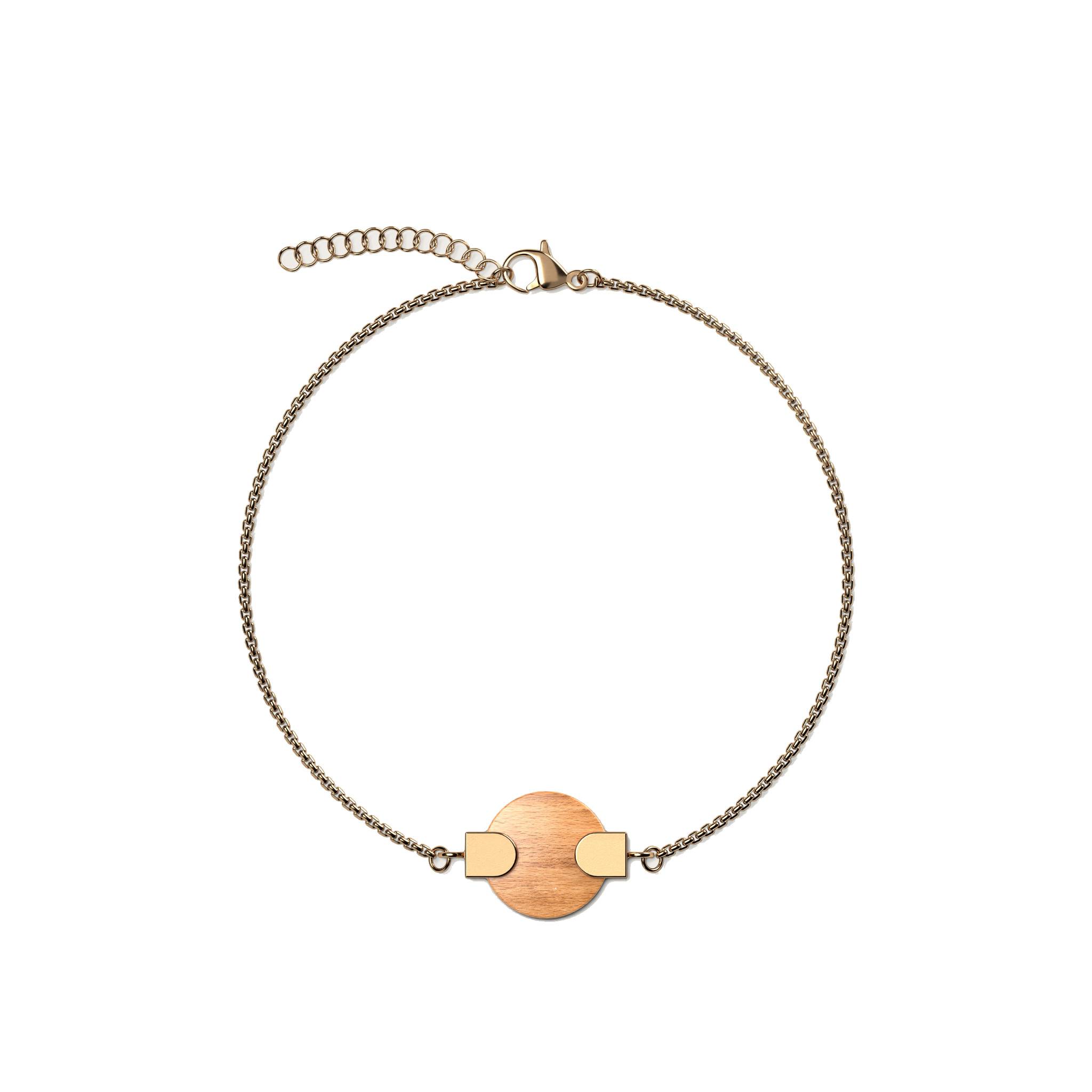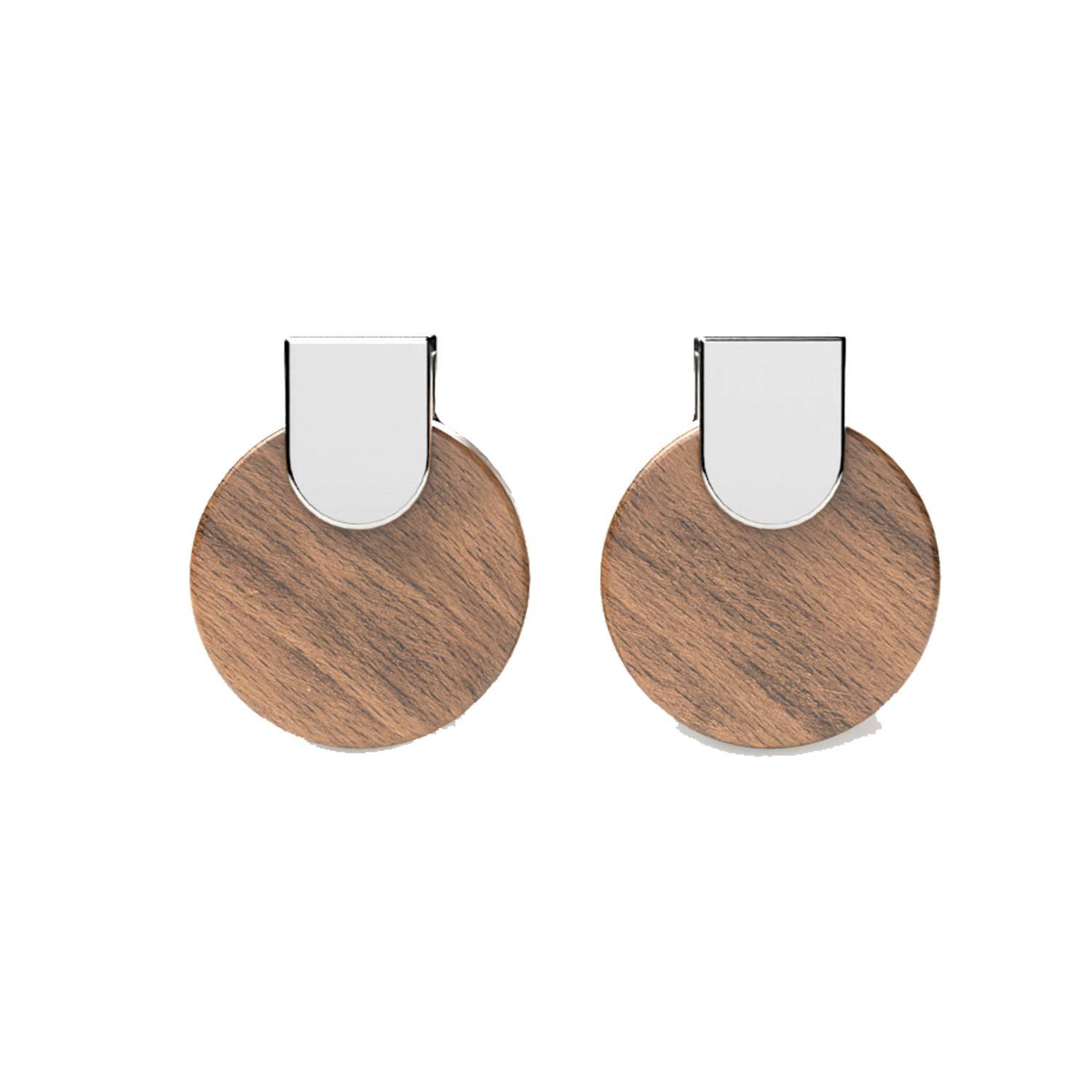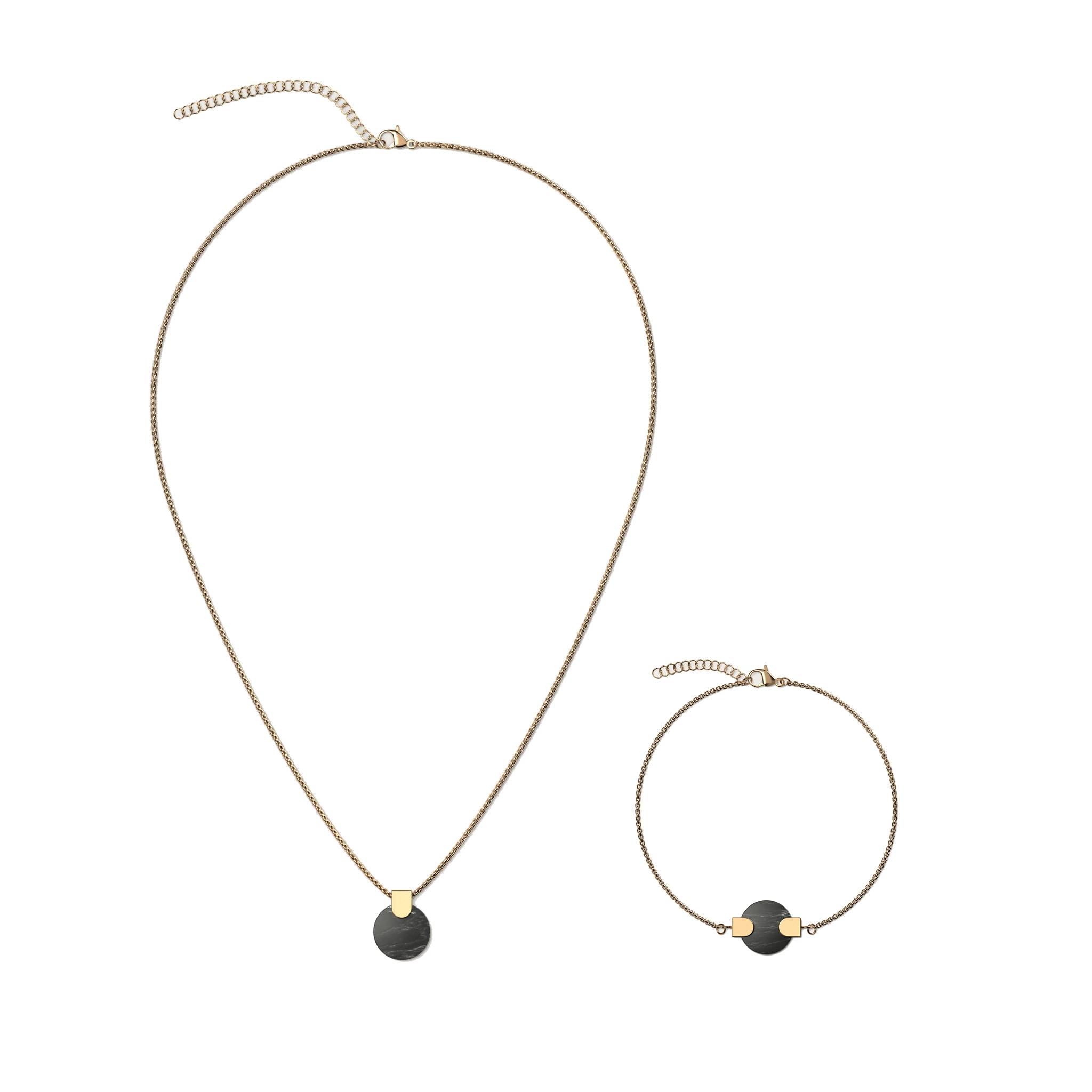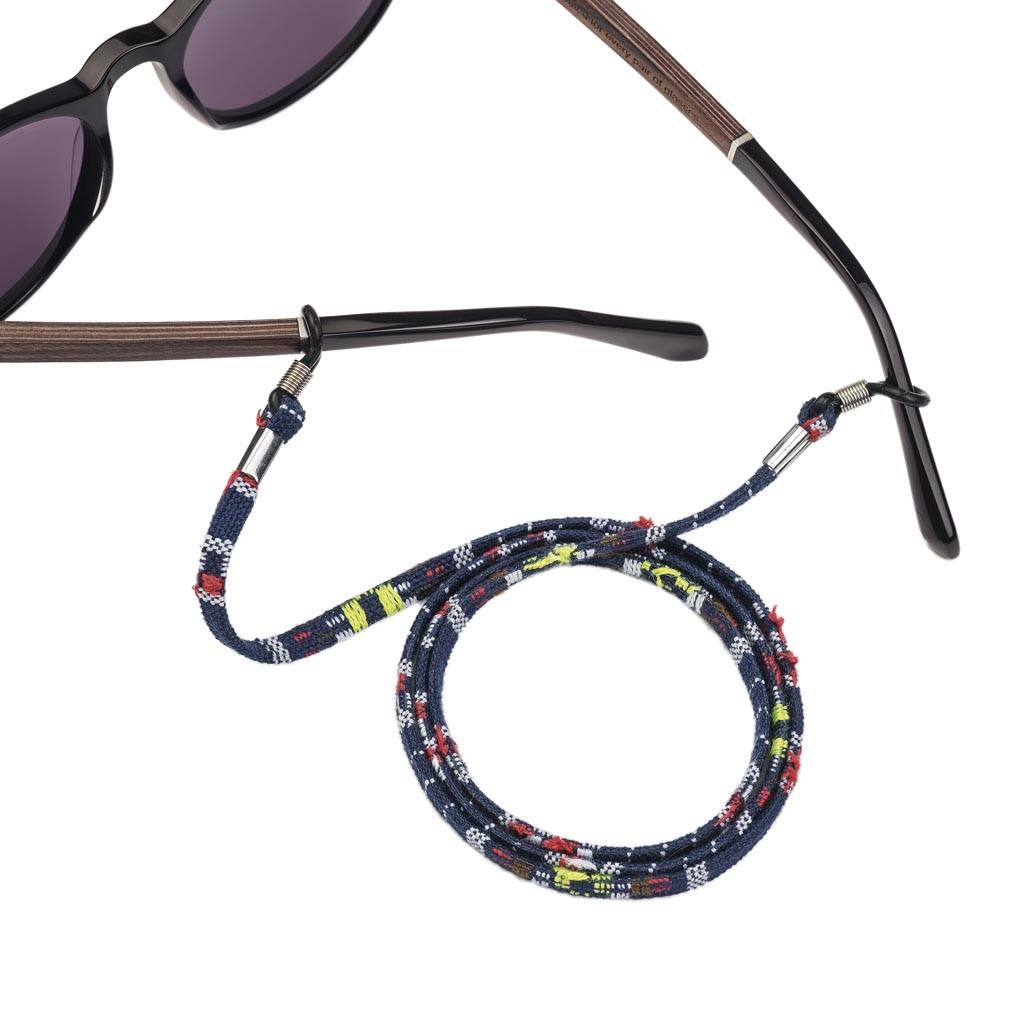The Impact of Sustainable Brands in the World
In recent years, we’ve seen a rising movement: companies that refuse to choose between profit and purpose. Sustainable brands are proving that business can generate positive impact on communities, ecosystems, and future generations. Among the trailblazers are Patagonia, Veja, and WoodWatch. Each in its own way shows that conscious practices can reshape entire industries.
Why Sustainable Brands Matter
Traditional consumerism fueled a “take, make, dispose” model that has taxed the planet’s resources, produced vast waste, and created inequities across supply chains. The fashion industry, for example, is responsible for a significant share of carbon emissions, water use, and textile waste.
Sustainable brands challenge that model by restructuring production, supply chains, materials, and transparency. They influence consumer expectations: people begin asking, “Where did this come from? Who made it? What effect does it leave behind?” Over time, that pressure pushes entire industries toward accountability.
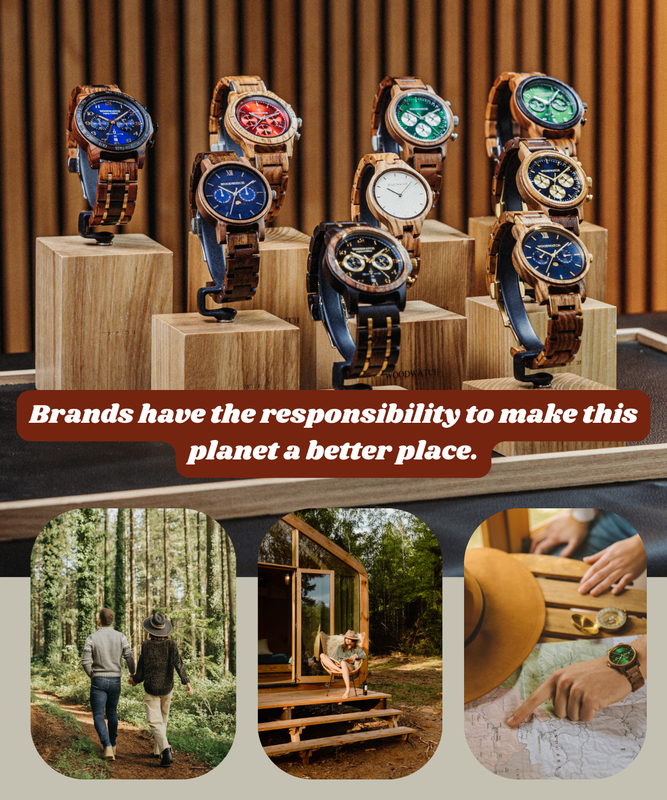
Patagonia: Activism and Ethics in Outdoor Gear
One of the most often-cited sustainable brands is Patagonia in the outdoor apparel space. Its mission—“We’re in business to save our home planet”—signals a commitment beyond profit. Patagonia gives a portion of profits to environmental causes, supports grassroots activism, and advocates for conservation policies. Their example shows that a brand can be a platform for movement, not merely a seller of goods.
Other Brands Making Waves
Veja is another brand doing important work in sneakers: using fair trade, organic, and recycled materials, and disclosing pricing structures openly. Then you have Allbirds, pushing for low-carbon footwear made from wool or sugarcane-derived materials. These brands show that sustainability is not a niche anymore—it’s a differentiator.
Where WoodWatch Fits In
In the realm of wooden accessories, WoodWatch brings a fresh voice. With collections like The Classic Collection (for men) and The Nordic Collection (for women), you can see how style meets sustainability. These watches aren’t just eco gestures—they’re elegant timepieces designed to be worn, cherished, and seen.
What sets WoodWatch apart is not just the material, but the mission. For every watch sold, trees are planted. Over time, that has amounted to hundreds of thousands of trees. This regenerative approach mirrors the philosophy of brands like Patagonia: not just “less harm” but actively restoring.
Why Collective Impact Matters
One brand can only move so fast. But when multiple well-positioned brands commit to change, the ripple effect grows. Consumers become more discerning, regulations evolve, investors demand ESG (environmental, social, governance) compliance, and competitors must follow or risk irrelevance.
When you combine Patagonia’s activism, Veja’s transparency, Allbirds’ low-carbon materials, and WoodWatch’s regenerative model, you get a mosaic of industry transformation. Each brand is different in product, but they share a common thread: values baked into design, not just marketing.
Action Steps for Consumers
- Choose well: pick brands that quantify their impact, not just claim it.
- Support longevity: buy fewer, higher quality items you’ll keep long-term.
- Amplify: share brands you trust on social media, review them, ask friends.
- Pressure mainstream: by voting with your wallet, you push larger players forward.
Final Thoughts
Sustainable brands are not just trends—they are foundations for a more balanced economy. Patagonia, Veja, Allbirds, and WoodWatch all show that impact and elegance need not be exclusive. By combining mission and design, they inspire both our wardrobes and our choices.
If you want to browse how WoodWatch blends function and sustainability, check out The Classic Collection and The Nordic Collectionand imagine a world where every accessory helps heal the planet.
